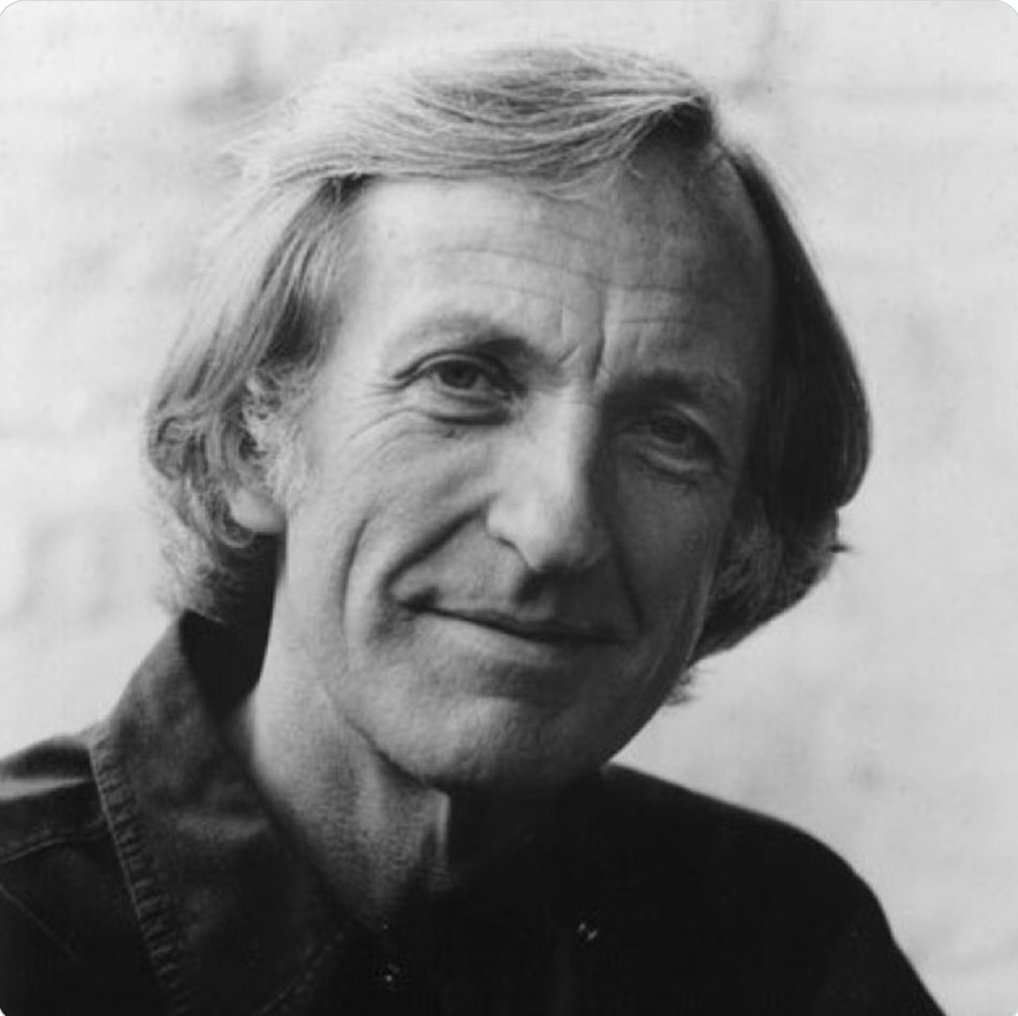I would stroll past the Hotel Royale in Saigon and look up at the corner balcony on the first floor and see him there, camera resting on his arm. A greeting in Welsh might drift down. Or his take-off of an insane American colonel we both knew. What was he doing? Best to be patient; but this had gone on for days.
It was 1970 and we were on our first assignment together and at once became friends, talking about the war as surreal, and mostly about the people, whom he loved. He introduced me to “Kim Van Kieu”, a deeply touching poem about struggle and sacrifice, with which the Vietnam ese as a nation identify:
It matters little if a flower falls
if a tree can keep its leaves green…
I never met a foreigner who cared as wisely for the Vietnamese, or about ordinary people everywhere under the heel of great power, as Philip Jones Griffiths. He was the greatest photographer and one of the finest journalists of my lifetime, and a humanitarian to match. He died on 19 March.
At the end of that first assignment, he handed me a crumpled brown envelope containing just six photographs. I was aghast – where was the bundle of rolls of film, where were the copious sheets of contact prints over which my picture editor in London would pore? I was puzzled that he had seemed to take so few pictures, though his war-weary Leica seldom left his hand. He watched, puckish, eyes twinkling, as I opened the envelope, then enjoyed my reaction as I examined the contents. Each print was exquisite in the power of its symbolism and true to everything we had seen and talked about, especially the destructive relationship between the Vietnamese and the Americans, the invaded and the invaders.
My favourite was of a large GI in a crowd of busy, opaque Vietnamese faces including a young woman photographed in the act of picking his pocket artfully, elegantly, little finger extended. This was the picture for which he had waited days on the balcony at the Royale. Another was Catch-22 in a single frame – spruce US officers peering at IBM computer printouts which “proved” they were winning the war they were demonstrably losing. It might have been Iraq.
No photographer produced such finely subversive work, knowing that truth in war is always subversive. Also in my brown envelope was the Goya-like picture of a captured NLF (Vietcong) soldier, prostrate, wounded and surrounded in the darkness, yet undefeated in his humanity in a manner his captors did not understand. Philip did.
In 2001, I curated an exhibition at the Barbican of pictures by great photographers I had worked with. Philip’s six from the brown envelope occupied one wall and on their own made sense of the longest war of the 20th century. He could write as finely. The pared, darkly ironic captions in his classic work Vietnam Inc include this one, beneath those officers rejoicing in their air-conditioned printouts: “This is the computer that proves the war is being won. Data collected for the Hamlet Evaluation System is analysed to see who loves us. Results on the my-wife-is-not-trying-to-poison-me-therefore-she-loves-me pattern are reliably produced, each and every month.”
He liked the soldiers whose photographs he took under fire, in the mud, believing they, too, were victims. “My objective,” he said, “was not to allow my positive feelings towards them as individuals to cloud the fact that they were prosecuting a genocidal war.” Iraq, he said recently, “is only different because every soldier seems to have a digital camera”.
He was the antithesis of the anti-journalist who pretends to be objective while ensuring his or her words remain within the undeclared limits set by authority, whose flattery is reci procated. He believed that no human loss from war or poverty was accidental and that behind each were “those murky forces”, as Brecht puts it, of responsible power. His remarkable book on Agent Orange, the chemical that still murders and maims Vietnamese children, shamed those who rarely if ever mention this enduring weapon of mass destruction. His photographs of ordinary people, from his beloved Wales to Vietnam and the shadows of Cambodia, make you realise who the true heroes are. He was one of them.


